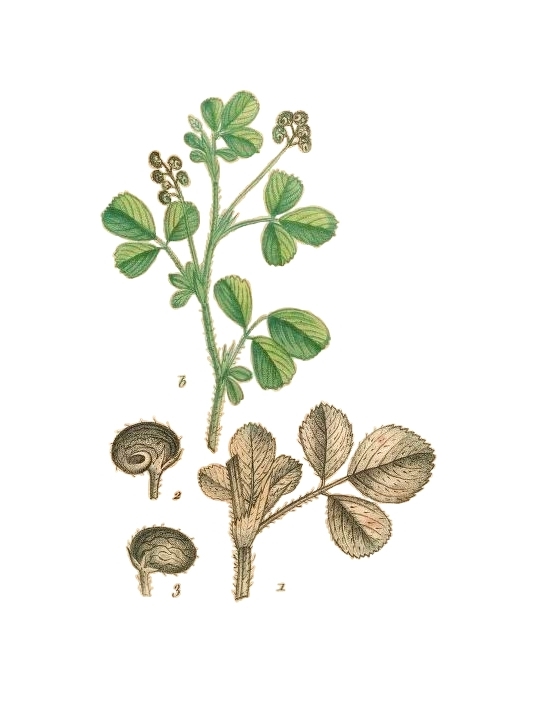
Do you already know this species? Click the arrows to check…









This genus contains about a dozen species of shrubs and small trees, each with fruits that can be used to make a lathering soap.
This bright, tropical-looking black and yellow bird from Southeast Asia is related to chickadees and titmice
This worldwide wetland grass can grow up to 20 feet (6 meters) tall and can cover a quarter of a square mile or more in one stand!
This WHITE little plant completely lacks chlorophyll and is often mistaken for a fungus or mushroom. In truth, it is a parasite of fungi that feed on tree roots, and is often found in the shade beneath beech or maple trees.
Clumps of this small mint can look almost unreal, like clusters of tiny geometric towers sprayed with dusty purple paint
This dark-colored cup fungus grows in small clumps on hardwood, starting out nearly closed and tender enough to be eaten, and maturing into a more opened cup, becoming too tough to be of much use
A humble little mint with a long blooming period and a long history of widespread use
A familiar weed of lawns, fields, roadsides, and gardens, this plant and its close relatives are the only species eaten by beautiful monarch butterflies.